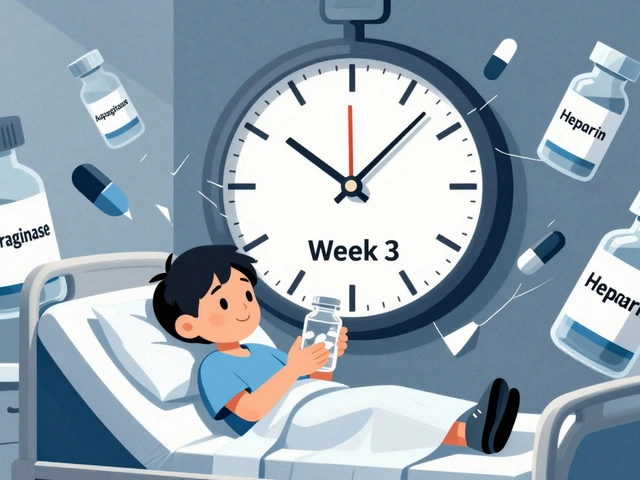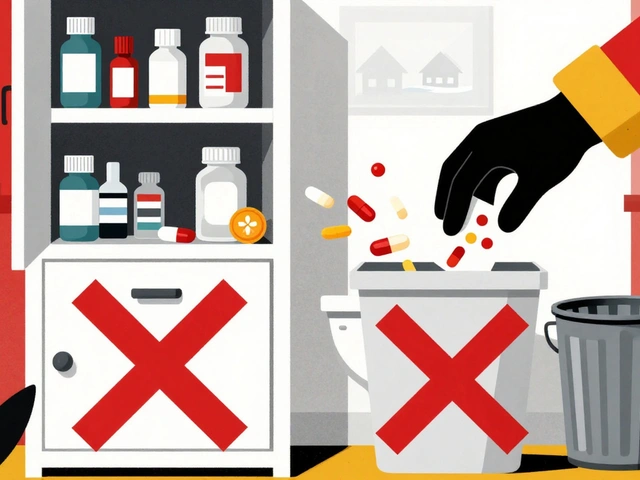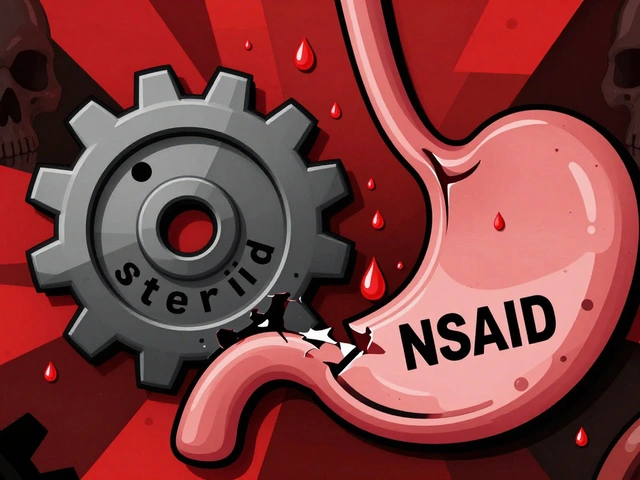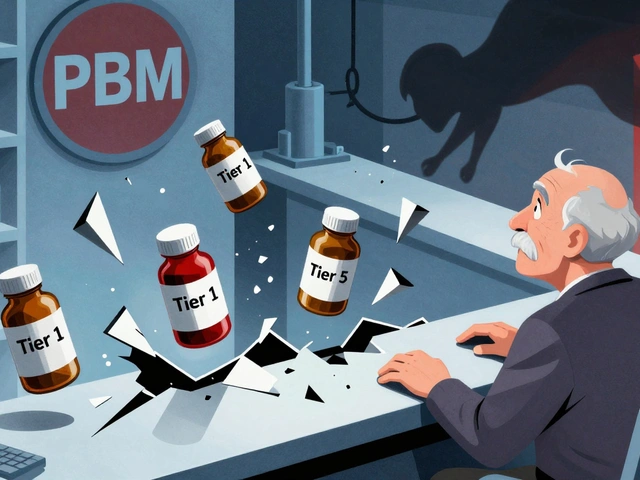Skin Inflammation Treatment
When dealing with skin inflammation treatment, a set of methods and medicines aimed at reducing redness, swelling, itching, and tissue damage caused by conditions like eczema, psoriasis, cellulitis, or allergic reactions. Also known as skin inflammation therapy, it combines drug therapy, lifestyle tweaks, and sometimes procedural steps to keep the skin barrier intact and the immune response in check.
Common Approaches and Key Players
One of the first tools doctors reach for is topical corticosteroids, anti‑inflammatory creams or ointments that calm the immune system locally. These steroids act directly on inflamed skin cells, lowering cytokine release and reducing visible redness. In many cases, a short course of a medium‑strength cream can halt a flare before it spreads.
When the irritation stems from a bacterial infection, oral antibiotics, systemic drugs that target bacterial growth in the bloodstream and skin tissue become essential. A common choice is Bactrim (sulfamethoxazole‑trimethoprim), which penetrates deep into skin layers and clears infections that topical agents can’t reach. Pairing the right antibiotic with a topical steroid often speeds recovery and prevents scarring.
For non‑infectious swelling, such as that caused by allergic reactions or trauma, NSAIDs, non‑steroidal anti‑inflammatory drugs that block prostaglandin production are a go‑to option. Diclofenac, ibuprofen, or naproxen reduce both pain and the fluid build‑up that makes the skin look puffy. Unlike steroids, NSAIDs work systemically but without the risk of skin thinning that long‑term steroid use can cause.
Beyond these core categories, several niche treatments appear in real‑world practice. Monobenzone‑based creams like Benoquin are used for depigmentation in conditions where the skin’s color is uneven after inflammation heals. While not a primary anti‑inflammatory agent, such creams address the cosmetic aftermath of a flare. Meanwhile, lifestyle factors—like avoiding harsh soaps, using fragrance‑free moisturizers, and protecting the skin from extreme temperatures—support medical therapy by keeping the barrier strong.
Putting it all together, you can see the logical flow: skin inflammation treatment starts with identifying whether the cause is infectious, allergic, or autoimmune; then selects the appropriate class—topical steroids for direct inflammation, oral antibiotics for bacterial involvement, or NSAIDs for swelling. Each choice influences the next step, whether it’s a tapering plan for steroids or a follow‑up culture test for antibiotics.
Our collection below reflects this spectrum. You’ll find step‑by‑step guides on buying cheap generic Bactrim online, detailed comparisons of Diclofenac SR versus other NSAIDs, and a side‑by‑side look at Benoquin cream and its alternatives. Whether you’re searching for cost‑effective medication options, safety tips, or comparative reviews, the articles are arranged to help you pick the right tool for your specific skin issue.
Ready to dive deeper? Browse the posts to see practical advice on sourcing affordable meds, weighing pros and cons of different drug classes, and learning how each option fits into a broader skin‑care strategy. The information ahead will arm you with the knowledge to manage flare‑ups confidently and keep your skin comfortable.

Betnovate (Betamethasone) vs. Topical Steroid Alternatives: Pros, Cons & Best Uses
A detailed side‑by‑side look at Betnovate (betamethasone) and its main steroid rivals, covering potency, safety, and when each is the right choice for skin conditions.
read more




